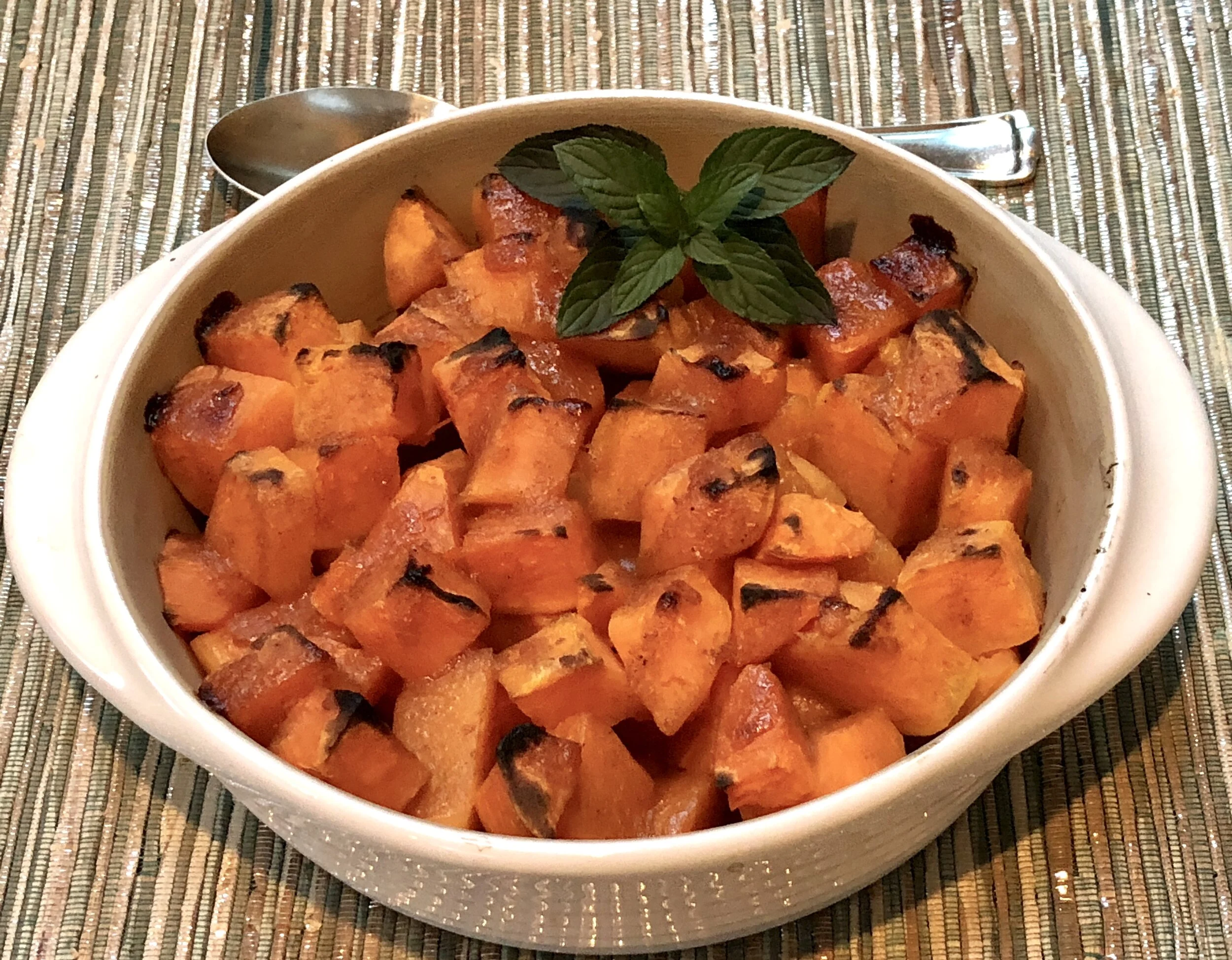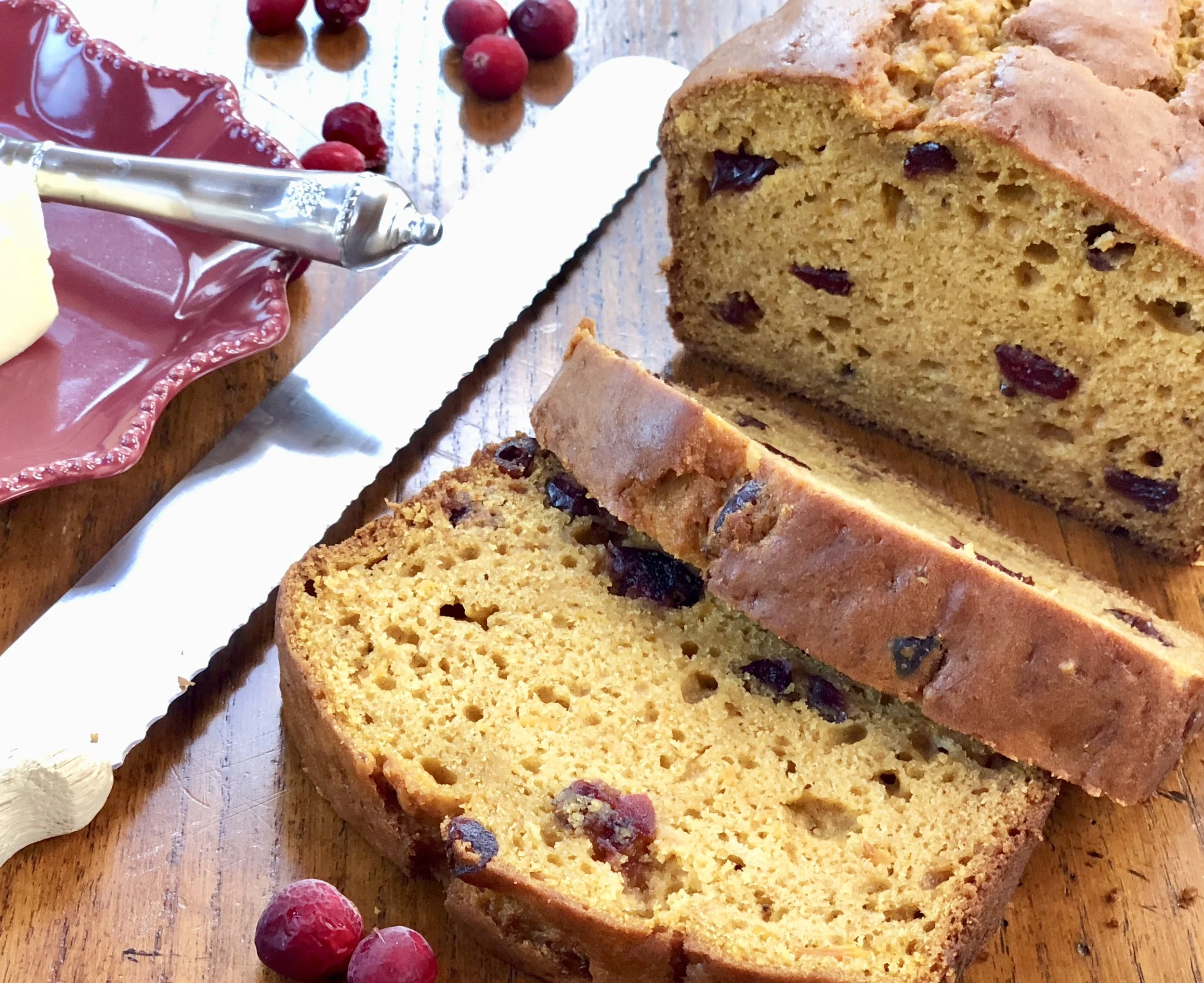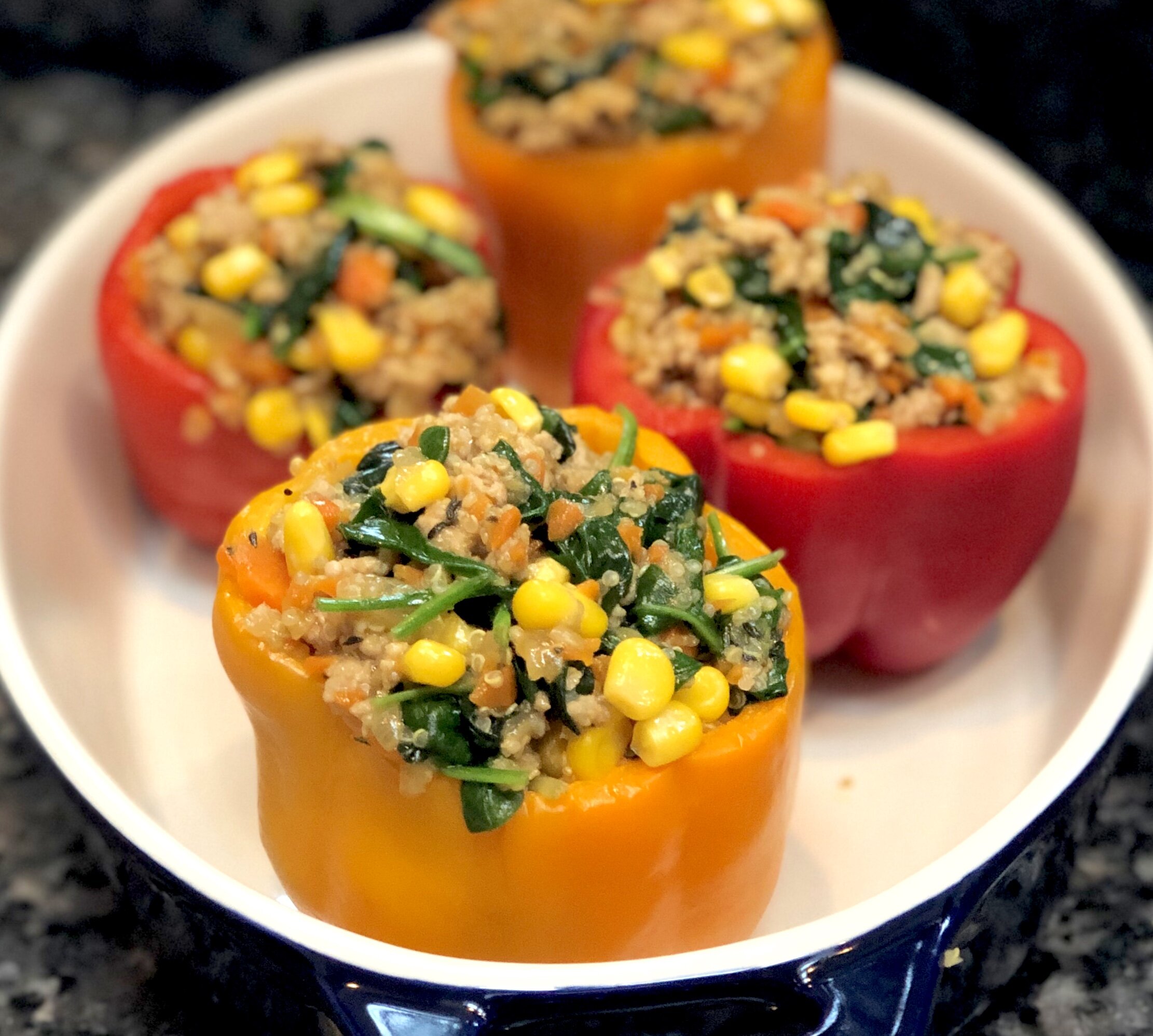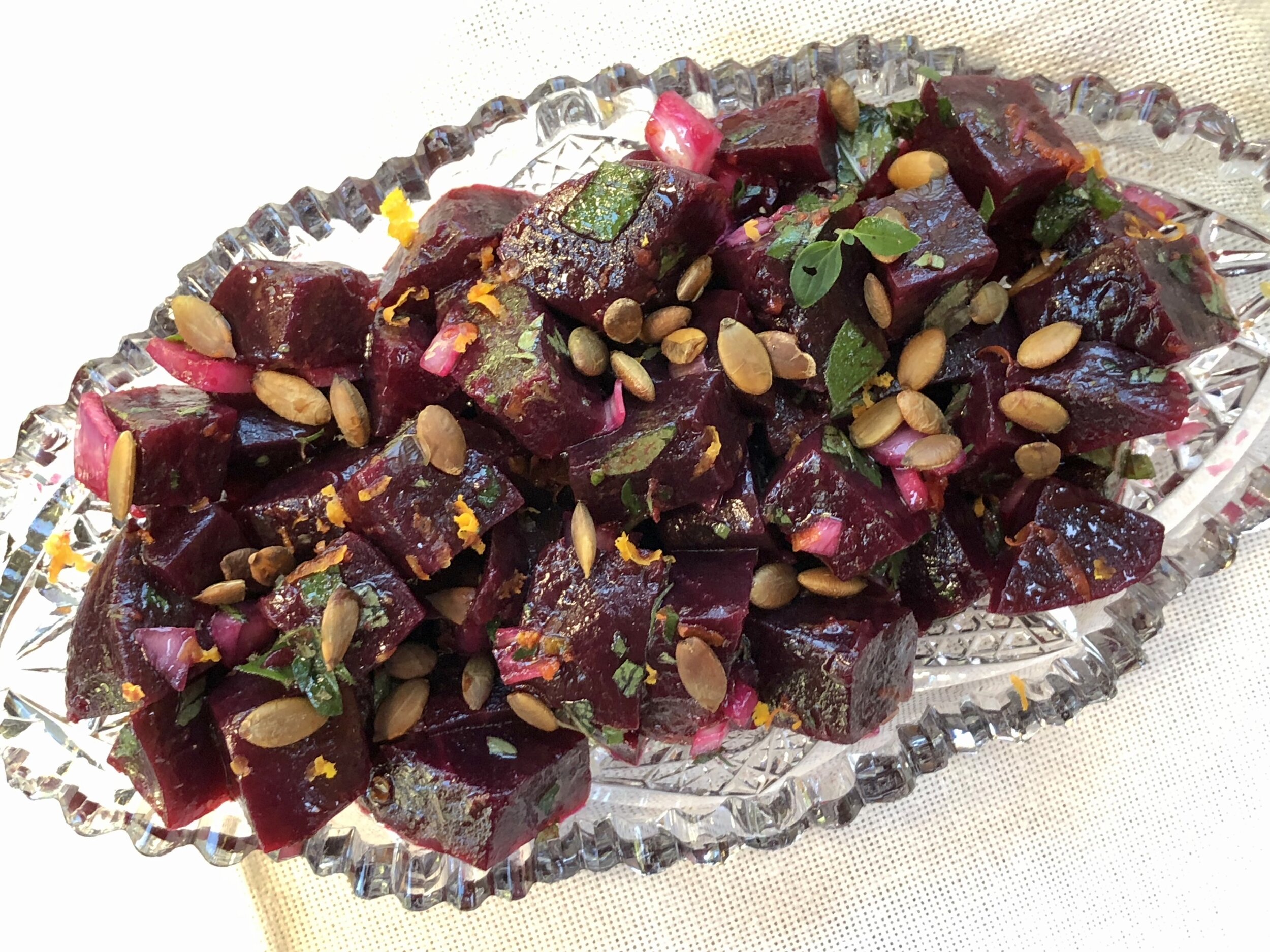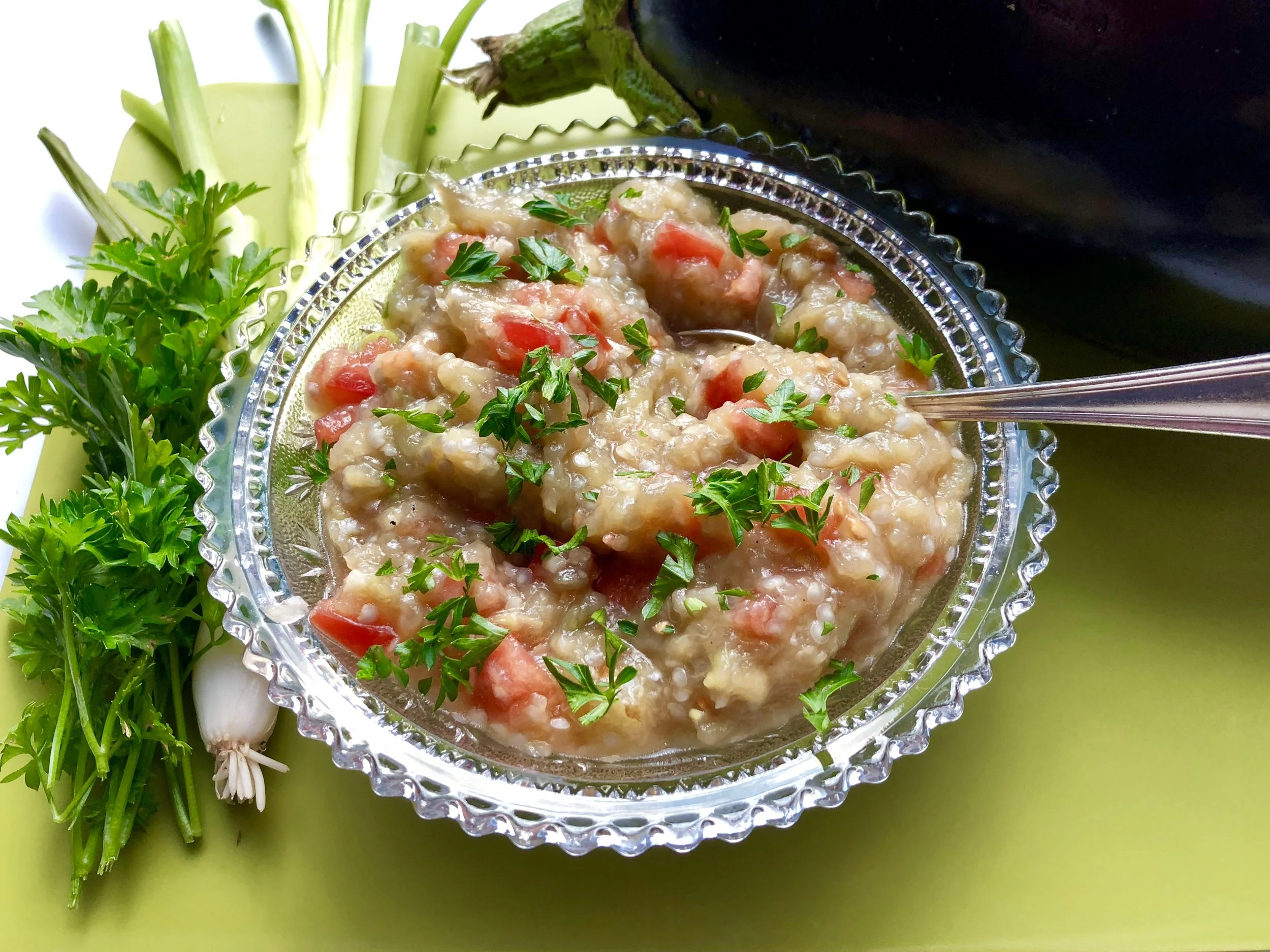I’ve mentioned this before but we talk about it all the time because the outcome could never have been predicted —- when we were first married, Ed told me he hated Brussels sprouts and also, that if I ever made them he would file for divorce.
He was kidding of course.
But I didn't make Brussels sprouts anyway until I got an assignment from an editor to do a food story on -- you guessed it -- and couldn't turn down the opportunity.
In preparation for the article, I experimented with several recipes. My kitchen was laden with pots and pans, all sots of seasonings and of course, a ton of Brussels sprouts.
Ed liked them all! And from that point on, we became a Brussels sprouts family.
Over the years I've posted recipes for a few of the dishes I've made, including one for Roasted Brussels sprouts with tangerine and hazelnuts, and a salad, which included Brussels sprouts and beets, and of course, a Vegetable Hash.
This vegetable has become such a favorite in our family that a while ago, when one of my grandkids wanted to prepare dinner for her siblings, one of the dishes she chose was roasted Brussels sprouts.
Last time I made Brussels sprouts for dinner I decided on something different. Rather than roast the vegetable whole or as chunks, I decided to shred instead.
Perfecto!
Not only delicious, but incredibly quick. This recipe finished cooking in about 6 minutes! (You can clean and shred them a day or so ahead.)
Remember this one for Thanksgiving!
Brussels Sprouts with shallots and Lemon
2 dozen large Brussels sprouts
1 tablespoon lemon juice
1 teaspoon grated fresh lemon zest
3 tablespoons olive oil
2 medium shallots, chopped
1 large clove garlic, chopped
1/4 cup white wine
1/2 teaspoon Aleppo pepper (or use crushed red pepper)
salt to taste
Trim the Brussels sprouts and shred them either by hand or in a food processor. Place the shreds in a bowl, sprinkle with lemon juice and zest, toss ingredients and set aside. Heat the olive oil in a large sauté pan over medium heat. Add the shallots and garlic and cook, stirring frequently, for 2 minutes. Add the sprouts and cook, stirring frequently, for about 2 minutes. Add the wine, Aleppo pepper and salt. Cook for about 2 minutes or until sprouts are tender but still slightly crispy.
Makes 6 servings

